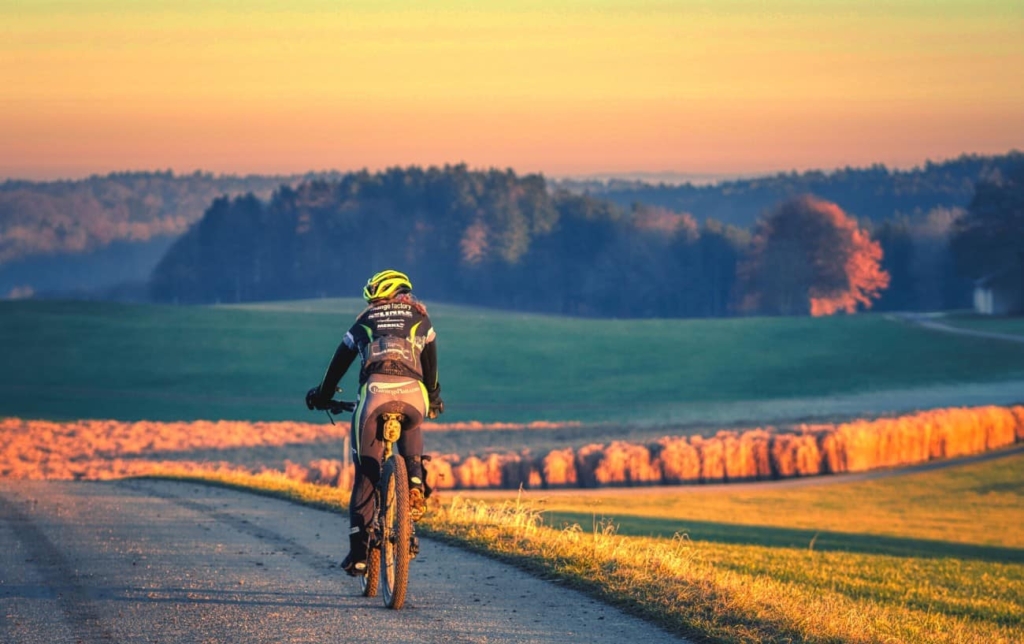The Pros and Cons of Recovery Rides vs. Rest Days
Blossoming in your fitness journey requires a crucial element often overlooked-recovery. However, the real question is: What’s the best recovery mode between intensive training sessions? Should you gear up for a leisurely recovery ride or embrace the tranquility of complete rest? Let’s embark on a journey to understand the nuances of these two modes, helping you select the ideal recovery method for your regimen.
Rest Days: Pros and Cons

Diving straight into the arms of complete rest is like providing your body with a sanctuary, a space where it can introspect, heal, and adapt to the rigorous training you’ve been engaging in. A total rest day is a guilt-free ticket to allow your body to delve deep into recovery, prepping you for the next bout of training.
Yet, every rose has its thorns. Athletes often encounter sluggishness resurfacing into their routine post-rest days. Not an absolute disaster, but it might take you a while to rekindle your rhythm. Hence, rest days are most beneficial sandwiched between training blocks, eliminating the transfer of exhaustion from one training block to another.
Interestingly, a pitfall that often catches athletes off-guard on rest days is their unintentional transformation into busy bees. On supposed rest days, they are seen hustling to check off their to-do list. This completely contradicts the essence of a rest day.
A term that fitness gurus often use, ‘allostatic load,’ is paramount to understand. It’s the cumulative load of stress from every corner of life, be it training, work, family, etc. Your mission on a rest day is to alleviate the allostatic load, not merely the training load.
Recovery Rides: Pros and Cons

On the other side of the spectrum, we have recovery rides, which though energizing, walk a fine line. The temptation to push a bit harder or longer is ever-present and can lead to under-recovery – that’s stepping into the next training block still lugging fatigue from the previous one. It’s a cycle you want to avoid to keep stagnation at bay.
However, recovery rides aren’t devoid of their charm. They often leave athletes feeling rejuvenated, ready to plunge into their next high-intensity session. Therefore, if a crucial interval session is lined up, a recovery ride could be your ally, helping you hit the ground running.
There’s a prevalent myth that recovery rides aid in lactate clearance. Let’s debunk that. Hard exercise does lead to lactate accumulation, but it disappears within about 30 minutes post-session. So, your next-day recovery ride isn’t doing any lactate-cleaning business – it simply isn’t there anymore!
How to Master the Most Out of a Recovery Ride

Should you choose to tread the path of recovery rides, there are certain golden rules to abide by. The mantra here is ‘recovery’, not ‘training’. You’re not aiming to trigger training stimulus; rather, the goal is to feel refreshed post-ride. This translates to a ride that is neither draining nor extensive.
An effective recovery ride shouldn’t exceed a quarter of your average long endurance ride, and a heart rate monitor could be a handy tool. Aim to keep your ride under 50 per cent of your max heart rate to ensure the effectiveness of your recovery ride.
During recovery rides, pamper yourself by minimizing additional stress. Be mindful of your fueling and hydration, and steer clear of extreme weather conditions, lest your recovery ride becomes an undercover training ride.
The Harmony of Rest Days and Recovery Rides

In the grand scheme of a well-curated cycling training plan, both rest days and recovery rides harmoniously coexist. The preference for one over the other varies among riders, so test both within your training framework to figure out the ideal blend.
But remember, the ultimate golden rule is to minimize the allostatic load, taming the mounting stressors in your life. By keeping a keen eye on your recovery, you can empower yourself to reach new heights in your training journey.
